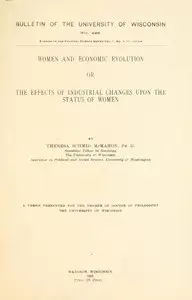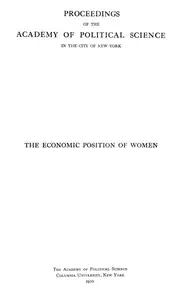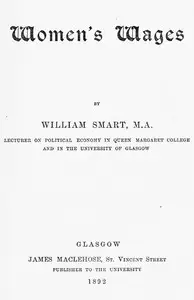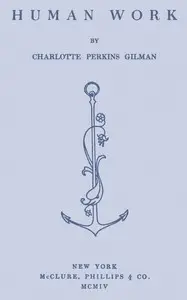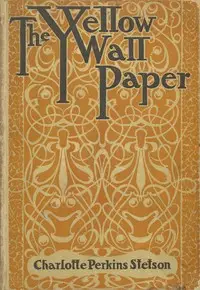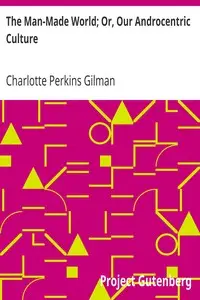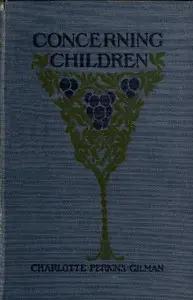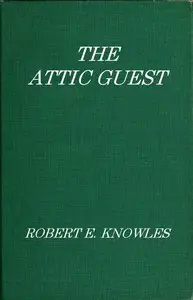"Woman and Economics" by Charlotte Perkins Gilman is a late 19th-century exploration of the financial connections between men and women, and how these relationships shape societal growth. The book starts by looking at how men and women used to have a more balanced dynamic, before society made women financially reliant on men. Gilman argues that this dependence holds back women and hurts society as a whole. By digging into historical context, Gilman sets the stage for a critical analysis of how money matters affect gender roles, pushing for a recognition of women's societal contributions beyond traditional expectations, challenging readers to rethink the fundamental structures governing male-female relations.
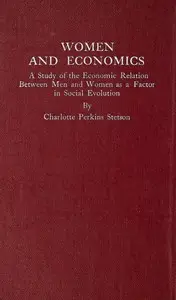
Women and Economics A Study of the Economic Relation Between Men and Women as a Factor in Social Evolution
By Charlotte Perkins Gilman
Discover the groundbreaking analysis of historical gender roles, and the economic dependency that has held women back from achieving true equality.
Summary
About the AuthorCharlotte Perkins Gilman, also known by her first married name Charlotte Perkins Stetson, was an American humanist, novelist, writer, lecturer, early sociologist, advocate for social reform, and eugenicist. She was a utopian feminist and served as a role model for future generations of feminists because of her unorthodox concepts and lifestyle. Her works were primarily focused on gender, specifically gendered labor division in society, and the problem of male domination. She has been inducted into the National Women's Hall of Fame. Her best remembered work today is her semi-autobiographical short story "The Yellow Wallpaper", which she wrote after a severe bout of postpartum psychosis.
Charlotte Perkins Gilman, also known by her first married name Charlotte Perkins Stetson, was an American humanist, novelist, writer, lecturer, early sociologist, advocate for social reform, and eugenicist. She was a utopian feminist and served as a role model for future generations of feminists because of her unorthodox concepts and lifestyle. Her works were primarily focused on gender, specifically gendered labor division in society, and the problem of male domination. She has been inducted into the National Women's Hall of Fame. Her best remembered work today is her semi-autobiographical short story "The Yellow Wallpaper", which she wrote after a severe bout of postpartum psychosis.




